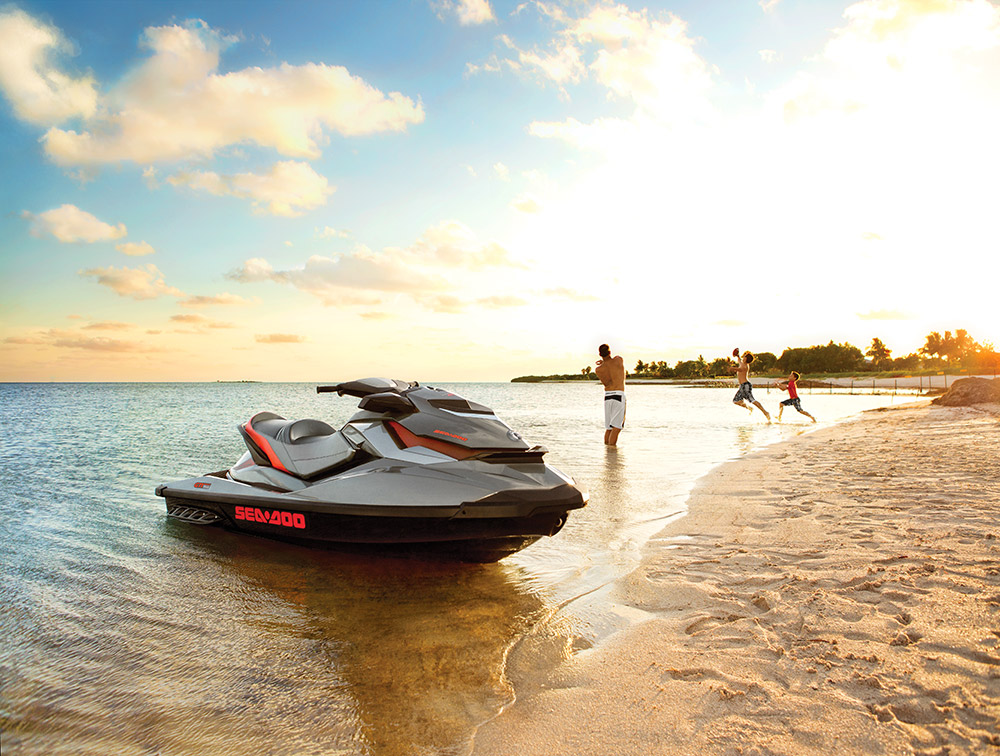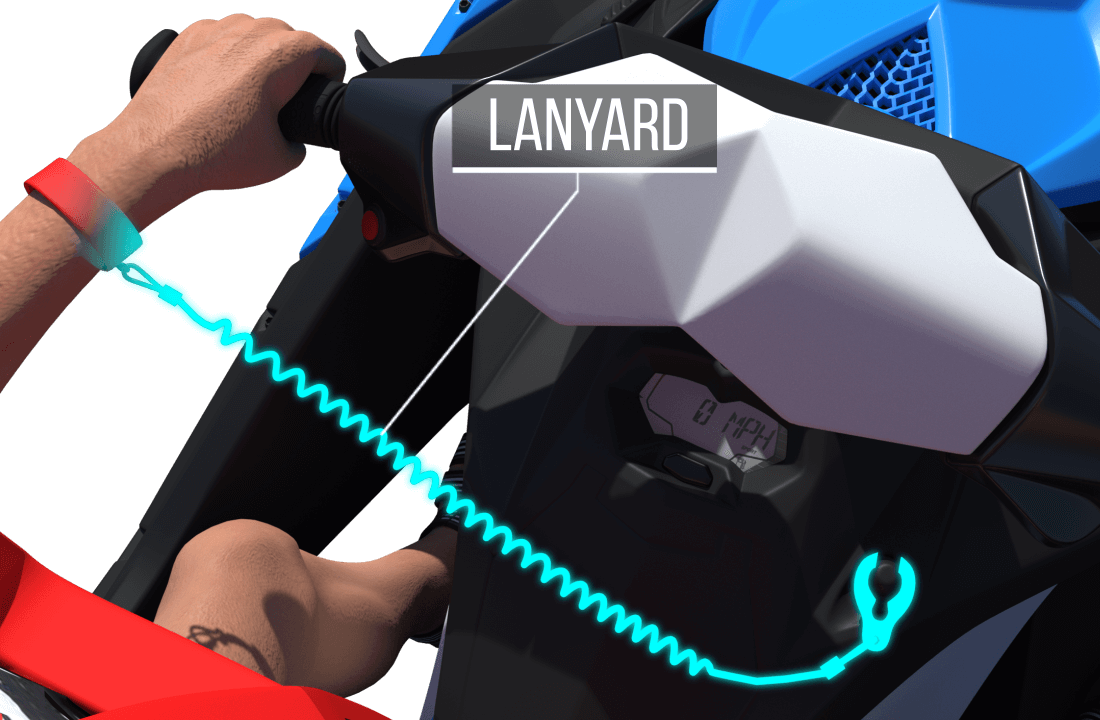What is PWC?

A PWC (Personal Watercraft) is defined as a recreational vessel which uses an inboard motor powering a water jet pump as the primary source of power, and which is designed to be operated by a person sitting, standing, or kneeling on the vessel, rather than the conventional manner of sitting or standing inside the vessel. Personal Water Crafts are considered by the Coast Guard to be Class A inboard motor vessels.
It is not a toy. If you operate one, you have the responsibility of knowing and obeying boating regulations and practicing boating safety. Approximately 30% of all injuries from boating accidents were attributed to the use of a personal watercraft.
The U. S. Coast Guard classifies personal watercraft (PWC) as inboard boats. That means personal watercraft are subject to the same rules and requirements as any other powerboat plus additional requirements specific to PWC. The PWC operator has primary responsibility for maintaining a proper lookout and avoiding accidents.
In addition to the general regulations in effect for motorboats, PWC owners must also be aware that there are local laws and ordinances around the country that further restrict PWC operations. They include age of the operator, hours of operation, special no wake zone provisions, assigned operating areas and restrictions, and speed and distance limits.
Be certain you know the laws that apply to you in your area of operation. For example, some states prohibit wake jumping. Because PWCs are not equipped with navigation lights operation is prohibited at night and during times of restricted visibility.
How is PWC propelled through the water?
PWC has a jet propulsion engine, which has an impeller that uses rotating fan blades to suck water into the engine and then forcefully eject it.

What do federal regulations require of all Personal WaterCraft (PWC)?
- Be registered and display a registration number in accordance with state and federal guidelines.
-
Have properly fitted, USCG approved PFD for each person on board (In most states they are required to be WORN by a PWC operator or passenger.).
-
PFD's should have an impact rating equal to, or better than, the PWC maximum speed.
-
Have a USCG approved, Class B-1 fire extinguisher aboard the PWC.
-
Have a lanyard connected to the start/stop switch of your PWC. This will stop the engine if the operator falls off.
-
The Personal Watercraft Industry Association also recommends that the operator wear eye protection, a wetsuit, footwear, and gloves.
